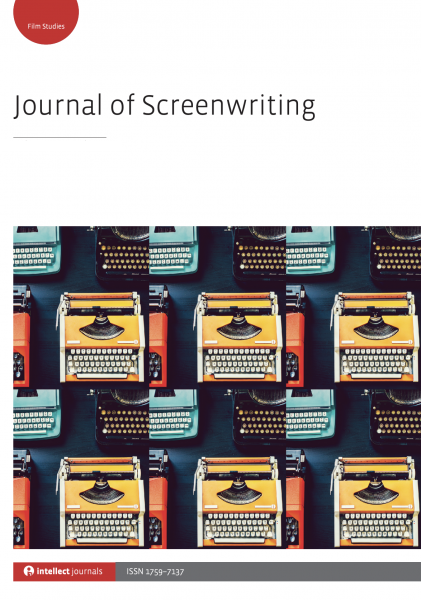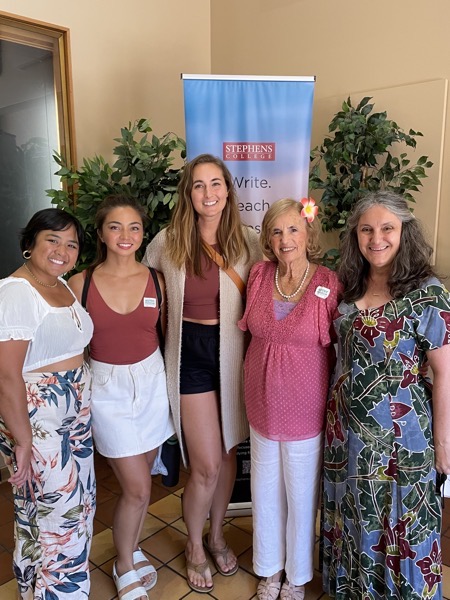Transcript:
Host: Didn’t you write a book on westerns?
Rosanne: I’ve written chapters in some books on westerns yes – on women and how women are portrayed in westerns. One of them actually yeah one of them had to do with westerns from the 20th – from 2000 to the modern day and the scary thing was you assume the women would be more powerful and more have their own sort of agency but the most powerful woman I found in a movie from the 2000s to now was in “Rango” and she’s a little animated –– what is she –– I forget –– she’s like some lizard or something her name is Beans and she is the most empowered woman I found in any of the western and “Rango’s” beautifully written film. It’s just so hilarious, plays on all the western tropes, and yet actually tells a heartfelt story. I often have students watch that movie because the very first half hour the Rango character narrates the process of writing a script. He literally says that when this is my midpoint. I wonder what I’ll do from this point on. I mean it’s hilarious. It’s like you have to know screenwriting technique to get the inside jokes in that movie but yeah.
One of the benefits of attending conferences is that you can meet the editors from the companies that have published some of your books face to face. That happened at the recent SCMS conference where I met Intellect editor James Campbell and he invited me to be a guest on his InstagramLive show.
We chatted about my work with the Stephens College MFA in TV and Screenwriting, and then my work with co-editor Rose Ferrell on the Journal of Screenwriting’s special issue on Women in Screenwriting (Volume 11, Number 3) that came out recently and which featured articles about an international set of female screenwriters from Syria, Argentina, China and Canada (to name a few).
We even had time to nerd out on our own favorite classic films across the eras which brought up fun memories of Angels with Dirty Faces, Back to the Future, Bonnie and Clyde, and of course, all things Star Wars from the original 3 to The Mandalorian. It’s always so fun to talk to fellow cinephiles.

Watch this entire presentation
With Intellect Books Editor James Campbell (@IntellectBooks)
Speaking with Dr. Rosanne Welch, Author, teacher, and television screenwriter. Today we cover everything from women in screenwriting to our favorite Jimmy Cagney movies and Friends.
Podcast: Play in new window | Download
Subscribe: RSS
![from In Conversation with Dr. Rosanne Welch [Video]](https://rosannewelch.com/wp-content/uploads/2022/08/rmw-intellect-24.jpg)





![08 Women Writing Westerns For TV from What Is a Western? Interview Series: When Women Wrote Westerns from the Autry Museum of the American West [Video]](https://rosannewelch.com/wp-content/uploads/2022/08/rmw-western-08.jpg)

![17 We Stand On The Shoulders…from When Men Forget Women: The Many Ways Male Screenwriters Fail to Mention their Female Colleagues [Video]](https://rosannewelch.com/wp-content/uploads/2022/08/rmw-scms-2021-17.jpg)
![07 Women Writing Westerns from What Is a Western? Interview Series: When Women Wrote Westerns from the Autry Museum of the American West [Video]](https://rosannewelch.com/wp-content/uploads/2022/08/rmw-western-07.jpg)
![Powers Cameragraph projector, c. 1904-06, Hollywood Heritage Museum (Lasky-DeMille Barn) via Instagram [Photography]](https://rosannewelch.com/wp-content/uploads/2022/08/projector.jpg)


![16 Joan Didion & John Gregory Dunne from When Men Forget Women: The Many Ways Male Screenwriters Fail to Mention their Female Colleagues [Video]](https://rosannewelch.com/wp-content/uploads/2022/08/rmw-scms-2021-16.jpg)


